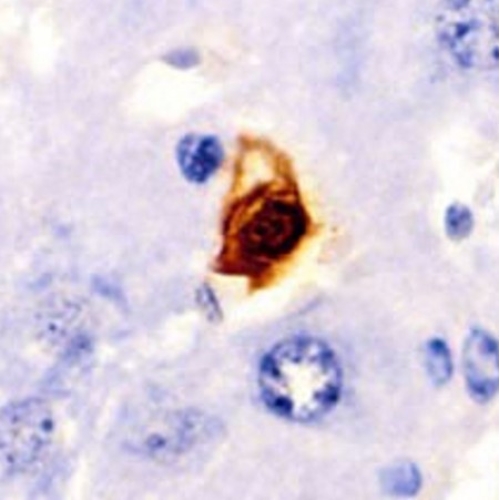Key points from article :
Mitochondria (mt) trigger senescence through communication with the cell's nucleus.
Experiments using human lung cell model of senescence.
Found out mt drives formation of pro-inflammatory cytoplastic chromatin.
HDAC inhibitor, an FDA-approved drug, transformed senescent cells.
From a large and flat form to a healthier and more visually youthful condition.
Resulting cells had better mt function, less cytoplasmic chromatin and inflammatory signals.
Observed same benefits in mice livers where senescence was induced.
Search is on for less toxic senescence-inhibiting drugs.
Like a compound that interrupts the communication between the mitochondria and the nucleus.
This study provides the first concrete link between known hallmarks of aging.
Research by Sanford Burnham Prebys Medical Discovery Institute, Harvard University scientists.
Published in Genes & Development.






